Do you want to grow a green that is loaded with beneficial omega-3s normally found in fish oil? Dare to grow purslane on purpose!
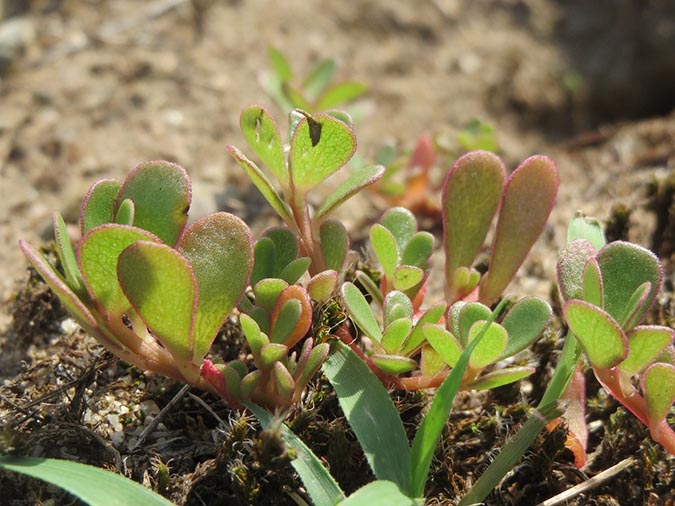
Image by WikimediaImages from Pixabay
Common Purslane: The Omega-3 You Can Grow for Free! (With Recipe)
I was at the farmers market a few years ago checking out the seasonal greens. I noticed a lovely display of a succulent-type plant that looked exactly like a weed I’d been pulling out of my garden by the wheelbarrow loads for the last week.
You May Also Enjoy:
“Composting the SCARY Stuff—Meat, Dairy, Bones, and Human Waste!”
“Small-Space Vermiculture, Step-by-Step”
“Sheet Mulching: Build Soil, Thwart Weeds, and Make Your Garden Fertile”
It was selling for $6 a pound and people were lining up for it. Well, I bought a bag full and took it home to compare with the stuff that was swallowing my garden beds. Yep—exact match!
This article on growing purslane is part of our Green of the Month series. To read the rest of the articles in the series, click here.
After that I did more research and discovered that the weed—oops, I mean “green”—was common purslane. From that moment on, I stopped weeding it and started eating it—chopped in salads, sautéed with other greens, pureed in smoothies, mixed with bean dishes, and more.
The Goods on Common Purslane
When I researched common purslane—a plant so easy to grow it often gets mistaken for a weed—I discovered it was everything I wanted in a cultivated green but never dared to imagine could exist.
1. It’s the Omega-3 Vegetable Champion of the Solar System
As I read on the Eat the Weeds website:
Purslane contains more omega-3 fatty acids than any other plant source in the solar system.
Plus, it doesn’t have just any omega-3s, it’s got the eicosapentaenoic acid (EPA) kind that are known to be anti-inflammatory.1)https://www.marksdailyapple.com/purslane EPA omega-3s are normally sourced from fish. Purslane is one of the few vegetarian sources of this kind of omega-3.
2. It’s Vitamin-Loaded
The omega-3 content is a great reason to eat this stuff even it had nothing else beneficial to offer. But, it is also a veritable vitamin powerhouse.
You May Also Enjoy:
“How to Eat Acorns: The Absolute Easiest Way”
A 100 gram, 16 calorie portion, contains 44% of your daily vitamin A, 35% of your vitamin C, 25% of your iron, 17% of your magnesium, and over 10% of your potassium and copper. It also contains lots of other anti-inflammatory stuff, like two types of betalain alkaloid pigments, the reddish β-cyanins, and the yellow β-xanthins.2)https://www.nutrition-and-you.com/purslane.html
3. It Grows Like a . . . Er . . . Weed
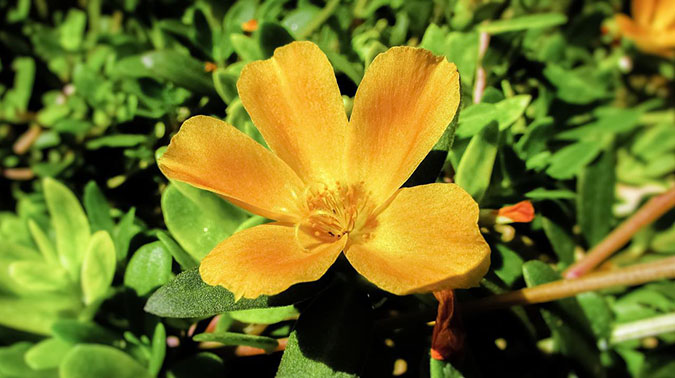
Image by Dimitris Vetsikas from Pixabay
To say that purslane is easy to grow would be an understatement. This stuff is hard not to grow in climates with hot summers (i.e., USDA Plant Hardiness Zones 6-11). It shows up everywhere that has a speck of soil and good drainage. It’s a succulent and can survive drought conditions better than just about any other green you can think to grow in a garden. (Leaf production is better with sufficient water, though.)
It’s easy to harvest: Just cut it around the crown or rip it up from the ground. You can start it from seed, or just let it reseed itself annually.
4. It’s Easy To Forage
Even if you don’t have a garden, you can find this stuff growing in cultivated or disturbed soil as soon as temperatures start to warm up in late spring and summer. If you don’t have your own garden, then just offer your “weeding” services to friends with gardens in exchange for purslane.
You May Also Enjoy:
“Elderberry: Natural Remedy for Colds, the Flu, Inflammation … Even Cancer!”
“Get TGN’s New Immunity Support Kit at an Incredible Discount”
I am convinced that purslane tastes even better when it’s grown in other people’s gardens. So, even if you have your own, you may need to . . . um . . . “borrow” some from your neighbors to make one of my favorite purslane recipes, purslane pesto.
Recipe: Purloined Purslane Pesto
If you don’t already have enough purslane growing in your garden, go purloin (as in, steal) some from someone who or someplace that does. I love that it’s sold at the farmer’s market—but getting it for free is so easy, why not forage your own?
Also, morning-harvested purslane is more tart than evening-harvested purslane. This is because the plants produce malic acid overnight, which is then converted to glucose during the daylight hours. If possible, harvest your purslane between afternoon and twilight for the best flavor.
If you happen to find purslane in locations that are a bit off the beaten path, please do like Marjory does when she’s gathering farkleberries (avoiding direct contact with the plant leaves though, please!). Purslane takes a lot of nutrients from the soil, so putting some back when harvesting is a great way to show your appreciation.
Read More: “You Did WHAT To Those Farkleberries?! (Homesteading Basics)”
Now, back to our regularly scheduled recipe:
Ingredients
- 2 cups chopped purslane
- 2-4 cloves garlic (to your taste)
- 1/4 cup olive oil
- 1/4 cup sunflower seed meat
- Salt and pepper to taste
Toss this all in the food processor and pulse a few times until the consistency is to your liking. If you don’t have a food processor, then mince your garlic, purslane, and sunflower seeds before mixing with the oil.
Optional: You can also add 1/4 cup shredded or powdered Parmesan and a little extra oil to make the dairy version of pesto.
Serve this as a dip with cut veggies, bread, or crackers. Use it as a pasta sauce or salad dressing. Put in on pizza in place of tomato sauce. Fold it into omelettes. And more! It has an almost lemony taste that brightens up so many dishes.
You May Also Enjoy: “13+ Weeds That Taste Amazing On Pizza (With Recipe!)”
A Few Cautions About Purslane
Purslane is sometimes called little hogweed (not to be confused with the toxic plant called giant hogweed). Since I personally can’t get enough of this stuff, it kind of turns me into a hog. So I understand the reference. Still, the name has another meaning, too. This plant can hog up nutrients in your garden and take over space you’ve dedicated to other plants.
1. It’s a Weed
Purslane can take over a carrot bed in a few days. It can even compete with sweet potato vines. (Trust me!)
So, if you encourage it in your garden, then you will want to make sure to keep up with harvesting it so your other cultivated veggies don’t have to compete for nutrients.
You May Also Enjoy:
“Mustard Greens: What You Need to Know Before You Grow (With Recipe)”
2. It’s a Powerful Medicinal Herb
Purslane has a long history of being used as medicinal herb. It may help boost the immune system, fight depression, treat high blood pressure, lower fever, alleviate a cough, and ease urinary tract infections. It may also be used externally on burns, hemorrhoids, and eczema.3)https://www.herbal-supplement-resource.com/purslane-herb-benefits.html
With great power, though, comes great responsibility. Too much of a good thing is still too much.
Pregnant women may want to avoid this one since it is purported to cause contractions. Also, like foods such as spinach and broccoli, it contains oxalic acid, which can be harmful to the liver and kidneys in some people.
Growing Common Purslane
This plant is considered a tender perennial in USDA zones 10 or above. It’s treated as a self-seeding annual in temperate climates.
It generally does not grow well in cool climates (i.e., USDA Plant Hardiness Zone 5 or below) without protection such as a hoop house. It loves hot weather and will survive drought conditions better than other hot-weather greens.
Despite the fact that purslane is pretty much a self-growing seed, if you want to cultivate it as a green, there are a few tricks you can use to increase yields and optimize flavor.
Soil Preparation
Purslane is not picky about soil type. However, it does get the biggest, tastiest, most succulent leaves when grown in good garden soil with some organic matter and nutrients.
It is also most prolific in soils that have a pH range of 5.5-7.0. This is roughly the same range required for most cultivated vegetables, so giving it a little space in your existing garden beds works great.
Plant Starting
Even though common purslane is technically considered an invasive weed (by industrial farmers), it is actually a bit tricky to cultivate on purpose. It likes to grow when and where it likes to grow and doesn’t always follow the rules set forth in your home garden. It also really only germinates well in warm temperatures with lots of light.
Luckily, there are a few different techniques you can use to start purslane on your terms.
Using Packaged Seeds
As a weed, purslane seeds are designed to remain dormant in the ground over the winter and sprout again when soil temperatures heat up. If you are starting with packaged seeds, place them in the fridge for a few weeks before planting to “stratify” the seeds.
Purslane that overwinters in the soil, also seems to only germinate when soil temperatures are consistently at least 70ºF. So, planting when your average daily soil temperatures are in that range will help with germination speed.
You May Also Enjoy:
“Foraging for Wild Grapes (+My Old Family Recipe for Grape Hull Preserves!)”
“The Grapes of Youth: 11+ Age-Defying Reasons to Love This Plant”
Purslane seeds germinate best on the surface of soil or when covered with just a light dusting of soil to hold them in place. Scatter on top of soil and water in lightly for best results.
In my experience, purslane seeds germinate better when watered every other day rather than daily prior to germination. The cycle of moisture and drying seems to help trigger the seeds to sprout faster.
Once seedlings establish, only water when you don’t have at least 1/2 an inch of rain. Purslane seedlings will spread and sprawl faster if they aren’t overwatered. Too much watering can severely stunt plant growth (as I discovered during our record summer rains this year).
Transplanting Voluntary Purslane
If you already have purslane popping up in your garden, then the simplest way to grow it where you want it is to dig it up and transplant it. When transplanting, water immediately after planting and keep the soil moist until it begins to grow again. You may get some die back from transplant shock, but after a few days of acclimating to the new location, the plant usually perks back up and starts to spread.
You can also layer purslane by covering one of the junctures between leaves with soil and allowing it to re-root. Then you can leave the parent plant in place and separate the new plant to move to an alternate location.
Plant Care and Harvesting
Purslane can grow poorly in partially shaded areas. For best results, aim for full-sun locations with at least 6-8 hours of direct, strong light.
You May Also Enjoy:
“How to Make Hard Apple Cider in 5 Easy Steps”
“How to Make Unlimited Bread With That Last 1/2 Packet of Yeast”
Purslane does not require much care after establishment. Watering deeply every other week during drought periods will improve leaf production. Harvesting also seems to encourage sprawl. So, come and cut often.
Varieties of Purslane
Believe it or not, there are hundreds of varieties of purslane. Unfortunately, most of them are ornamental rather than edible. Edible purslane is often called “common” or “wild” purslane (Portulaca oleracea). It has small yellow flowers and reddish stems.
Seed retailers may also offer improved varieties of purslane that have green stems and larger leaf mass than the common or wild purslane. These are often called “Golden Purslane” or include the word golden in the description.
Unconventional Growing Tips for Adventure Gardeners
My favorite way to plant purslane is to let my first year’s patch grow wherever it wants to. Then, in late summer or fall, I’ll prepare my purslane bed with organic matter for next year. I cut off the plant tops from my existing bed (with seed heads mostly intact) and spread them on top of their intended location for next year.
The plant parts decompose into organic matter for the bed. The seeds stratify naturally and germinate when ready the following year. I usually plant lettuce in this same bed, by scattering the seeds on top of the soil in fall and early spring. Then, as the lettuce crop starts to time out, the purslane naturally takes over.
You May Also Enjoy:
“How to Peel 20 Cloves of Garlic in 8 Seconds”
Purslane plants can produce thousands to hundreds of thousands of seeds. Also, the seeds can remain viable in the soil for years. That means, when you using this method, you run the risk of purslane popping up in your cultivated beds when you don’t want it to.
In my experience, though, I usually only get a few plants volunteering in previously used beds. I think this is because I pile on several inches of compost each year. Since the seeds germinate better in light, only a brave few actually manage to sprout through my compost layer. And, if they do, I just pull them out by their roots and eat them!
What Do You Think?
Is this omega-3 rich edible a weed or a superfood? What do you think about growing common purslane (intentionally) in your garden? Share your thoughts using the comments section below.
_____________
This is an updated version of an article that was originally published on August 21, 2018. The author may not currently be available to respond to comments, however we encourage our Community members to chime in to share their experiences and answer questions!
The Grow Network is a participant in the Amazon Services LLC Associates Program, an affiliate program designed to provide a means for our team to earn fees for recommending our favorite products! We may earn a small commission, at no additional cost to you, should you purchase an item after clicking one of our links. Thanks for supporting TGN!

Tasha Greer is a regular contributor to The Grow Network and has cowritten several e-books with Marjory Wildcraft. The author of “Grow Your Own Spices” (December 2020), she also blogs for MorningChores.com and Mother Earth News. For more tips on homesteading and herb and spice gardening, follow Tasha at Simplestead.com.
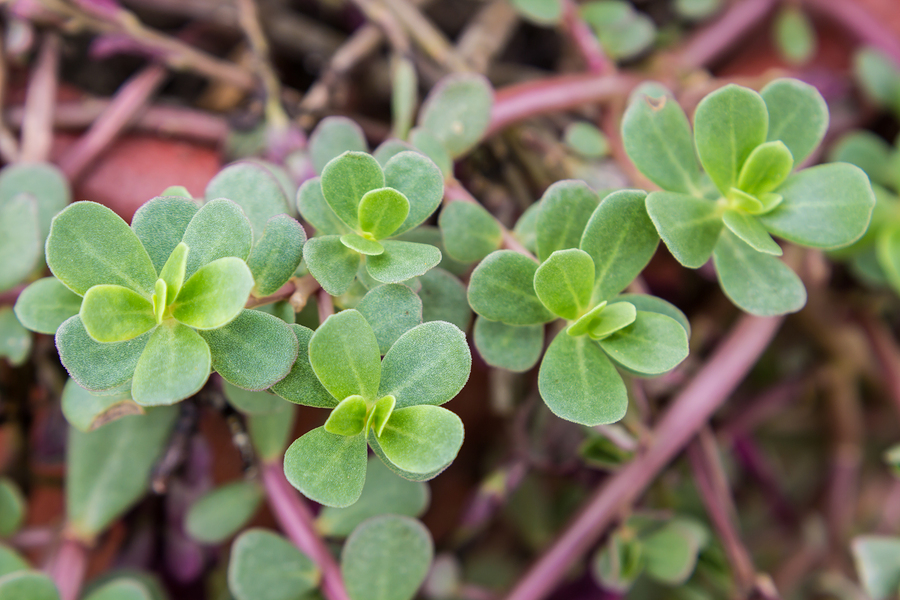
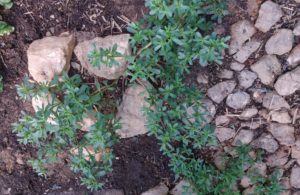
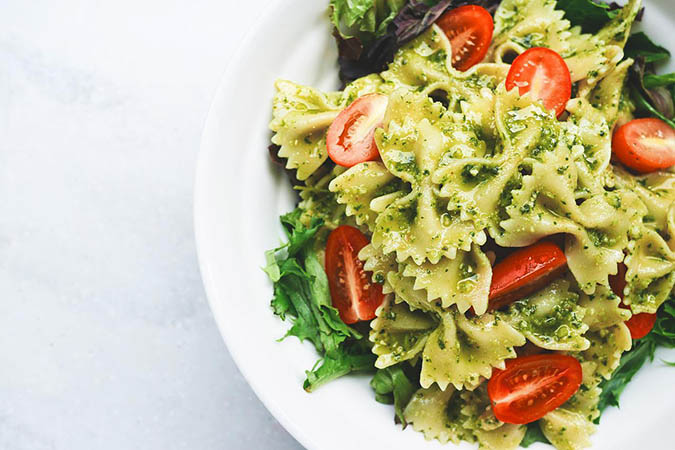
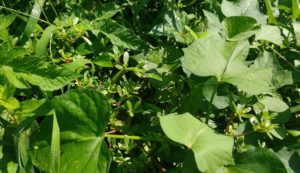
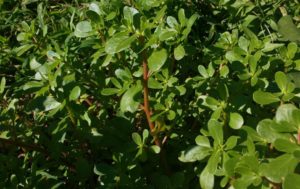

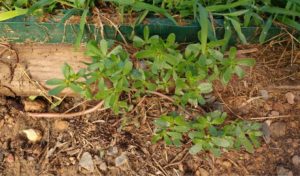







COMMENTS(7)
Thanks, Tasha, for the article! Purslane always shows up in late summer in my garden (north of Atlanta), and it makes a great snack as I am working to get ready for the fall garden. I knew about the omega 3 fatty acids and oxalic acid, but never thought about how someone might get this plant started in their own garden, since mine just appears, like a miracle, every year.
Hope your garden is doing well!
-Amy at SGN
I always prefer using plant based options for my Omega 3’s..good option to keep around 🙂
Looks like our typical content areas found some overlap. 😉 Haha! Great article! I loved your idea for purloined purslane pesto. Great stuff. It’s a great pizza topping as well.
I’m not sure if I’m imagining it, but I like the taste of wild purslane better than tame stuff. I hardly had any come up this year though. I had to go “shopping” in my parents’ garden. I’ll have to follow some of your tips for next year, to get a better crop.
Thanks for the great post!
Question: I’ve heard that using fish oil for a source of omega-3 is dangerous due to the mercury problem. How much purslane would you need to take to replace the fish oil as a source for the omega-3?
Very informative and the I like the idea of using it in a pesto. Thank you.
My neighbor literally just gave me some of this out of his garden — great timing on this article! Thanks, Tasha! 🙂
Purslane grows just fine in zone 4B! A friend got some old hay to use for mulch in her garden. She generously shared it with me, since I didn’t have much mulch around. She shared purslane with me too! It popped up everywhere I used that hay for mulch! We did eat some of it, but after reading this article, I realize we didn’t use enough of it!